EV-ROADTRIP from the Netherlands to Scandinavia IN THE WINTER: epic or grueling?
By car to Scandinavia
A summer road trip to southern Europe with an electric car is child’s play these days. We discovered this last summer when we zipped to the Mediterranean with ease during the busiest season. But what if you want to travel to the iciest corner of Europe in February with an EV? From Nissan, we get the keys to the Ariya e-4ORCE to find out. This new four-wheel-drive variant, which also has extra power, should take us to Rondane National Park in Norway. A solid ride, of some 2,000 kilometers. Wondering what it’s like to drive an electric car from the Netherlands through Denmark and Sweden to Norway? In this article, we share everything you need to know about traveling with an EV to Scandinavia. Do you prefer watching moving pictures? Then click on the video below:
To Copenhagen
It is early morning when we set sail in the Ariya toward the German border. Our journey begins in picturesque Hellendoorn, a stone’s throw from the border crossing at Oldenzaal. The signs towards Osnabrück show us the way. Just before this German city, we steer toward Bremen. Thanks to the hefty battery – with 87 kWh capacity – we can delay our first charge break until Hamburg. Once in the port city, we are looking for a charger not so much because the car is in danger of stalling, but because after four hours of driving, our bladders are quite pressurized.
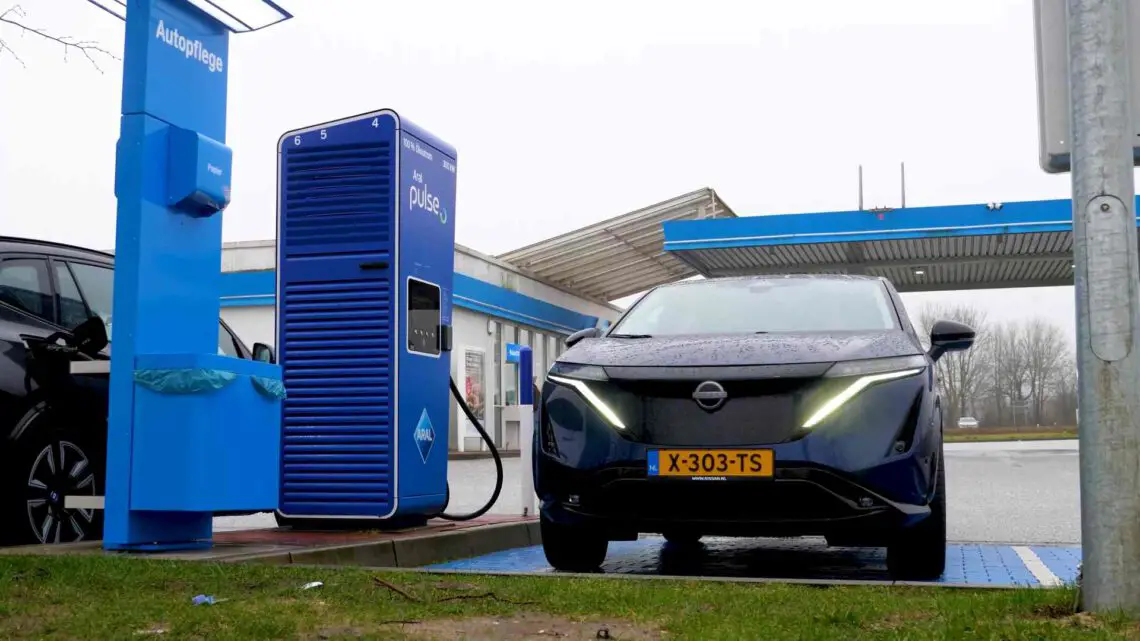

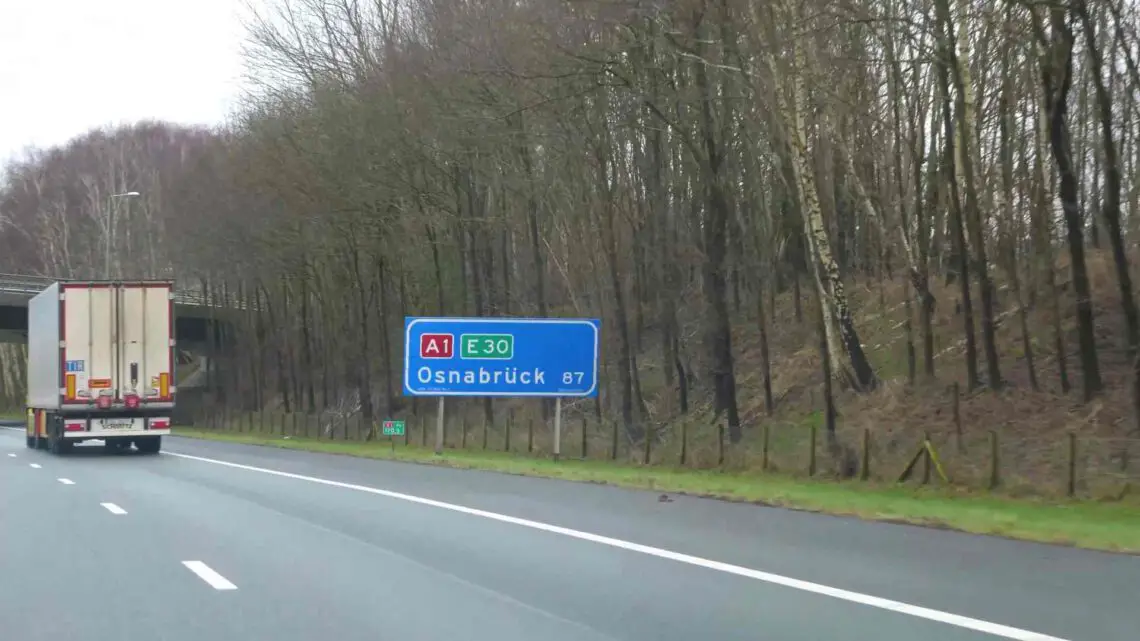
Nissan Ariya E-4ORCE
Why we chose the Ariya for this icy road trip, rather than any of the other myriad electric SUVs currently in the showroom? Simple: from the Ariya we have high expectations. Indeed, a short time ago, an adventurous British couple drove an Ariya from the North Pole to the South Pole in just a few months. A drive of over 30,000 kilometers. The car – also an all-wheel-drive e-4ORCE – was completely standard except for some extra-large tires and wheel arches to maintain grip on polar regions. If the Ariya can handle those extreme conditions, then surely our winter trip in Europe should also be feasible?
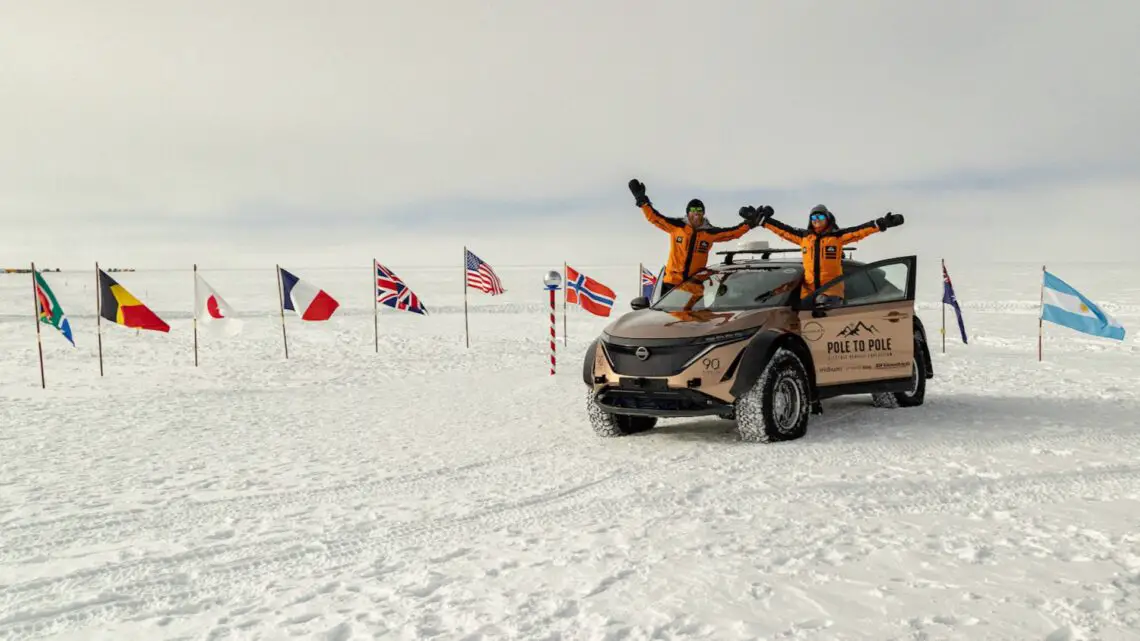
Denmark
The loading break in Hamburg is over. The most obvious route to Denmark, Sweden and Norway would be to continue from here to Puttgarden and take the ferry to Denmark. The crossing takes about 45 minutes and costs about 100 euros for a one-way trip with two people and a car. A return ticket will cost you about 200 euros. However, if you book early, you can often get a significant discount.
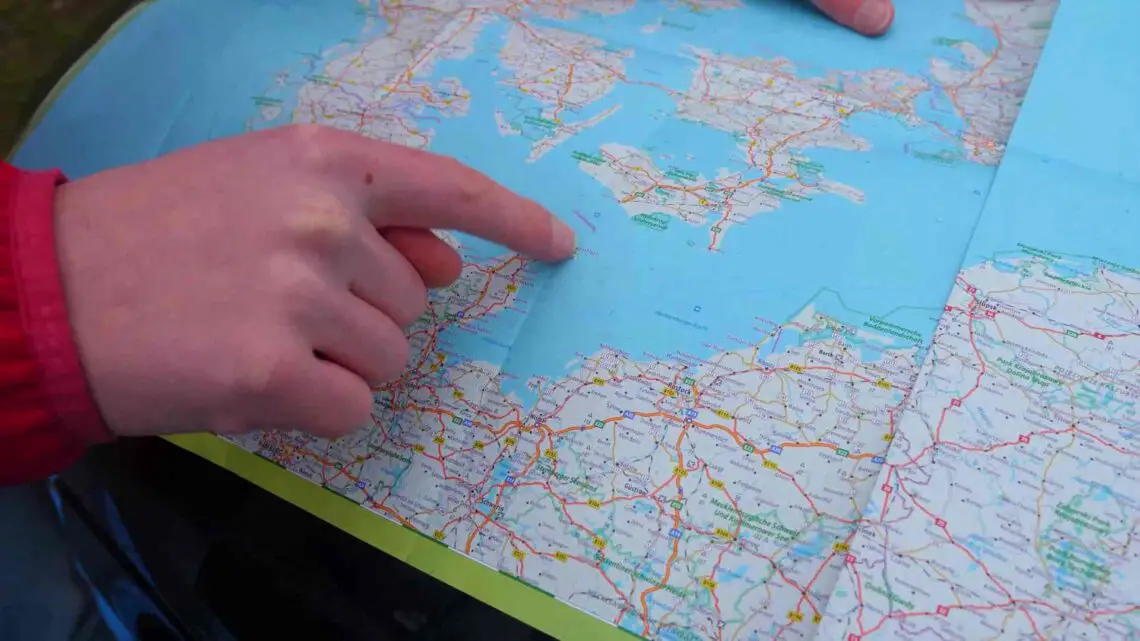
Most Dutch people choose to take this ferry because it saves some 200 kilometers of driving to Copenhagen. But we don’t. Instead, we want to cover as many miles as possible because, after all, that is the essence of a road trip. Moreover, we want to challenge the Ariya a bit. Therefore, we steer north to the Danish town of Kolding, and from there we head toward Odense.
By the way, it is also possible to drive north in Denmark and take the boat to Norway. There are several boats that go to Oslo, Kristiansand, Bergen and other places in Norway, but as mentioned, we want to drive as much as possible.

The Great Belt Bridge
Some four hours of driving – and 350 kilometers – later, it’s time for a second loading and peeing break. We are at the foot of the Great Belt Bridge. This impressive bridge is also one of the reasons why we don’t take all kinds of ferries. The Great Belt Bridge is one of the longest connecting bridges in the world. At nearly 18 kilometers long and consisting of two bridges with an artificial island in the middle, it is an impressive feat of engineering. We don’t want to miss that.
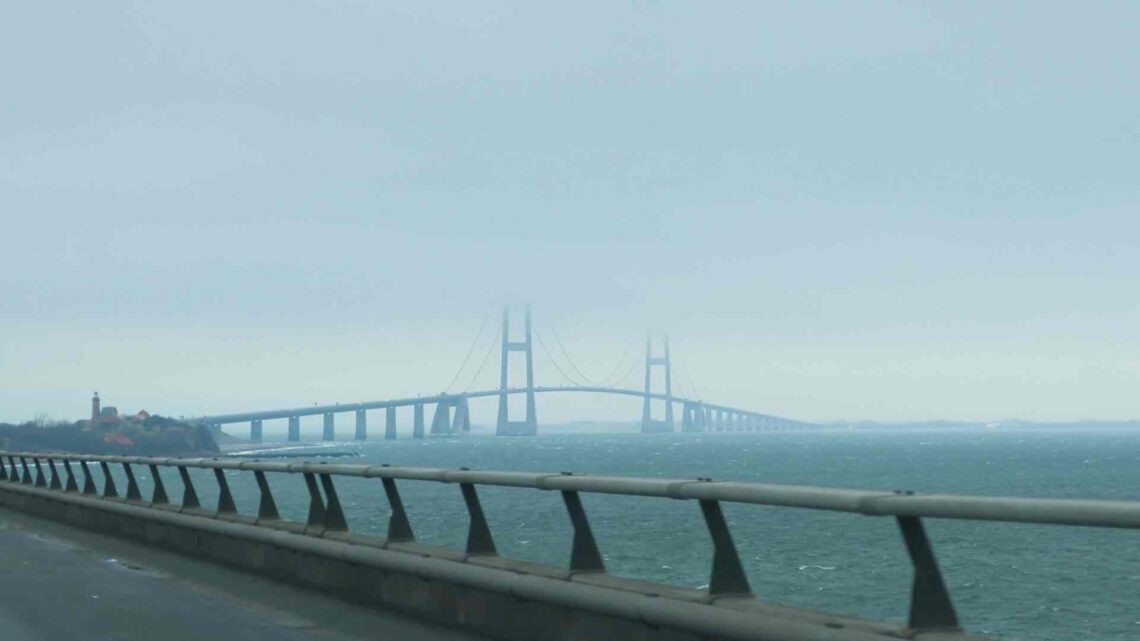
Many people think of Denmark as the Sont Bridge, which connects Denmark to Sweden, but the Great Belt Bridge (Storebæltsbroen, in Danish) is two kilometers longer than the Sontburg. There are no toll roads in Denmark, but these two major bridges require you to pay a toll. For the Great Belt Bridge you will spend 38 euros and for the Son Bridge you will have to pay 68 euros. These prices apply to cars, vans and campers up to 6 meters. The Ariya, thanks to a payload capacity of 130 kW, is now well loaded. We drive on to Copenhagen and get into our bed early.
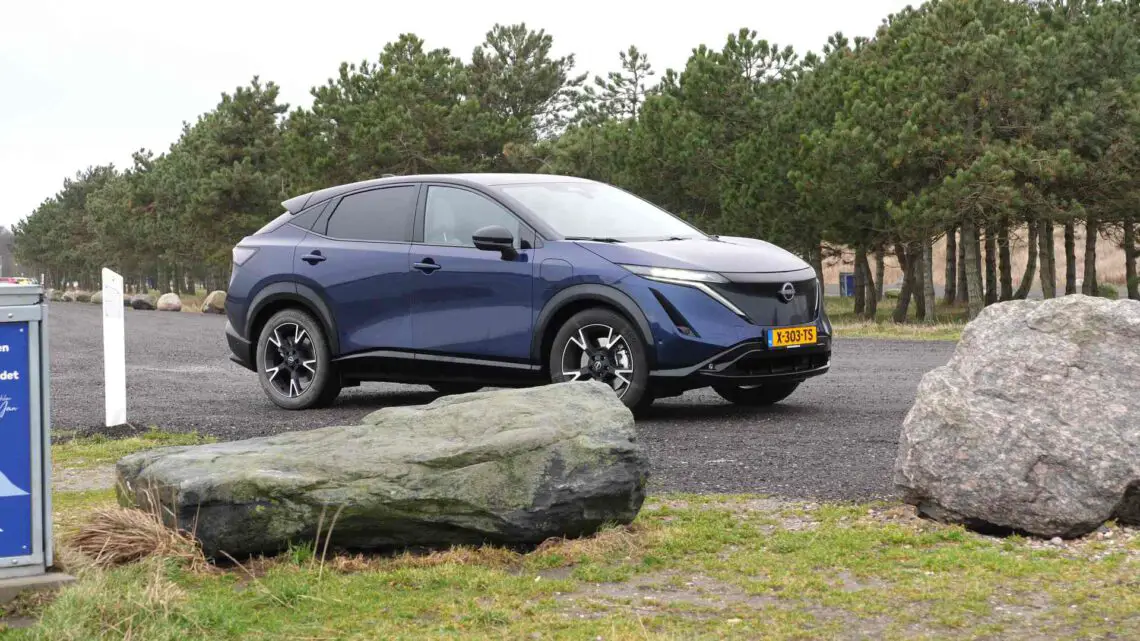

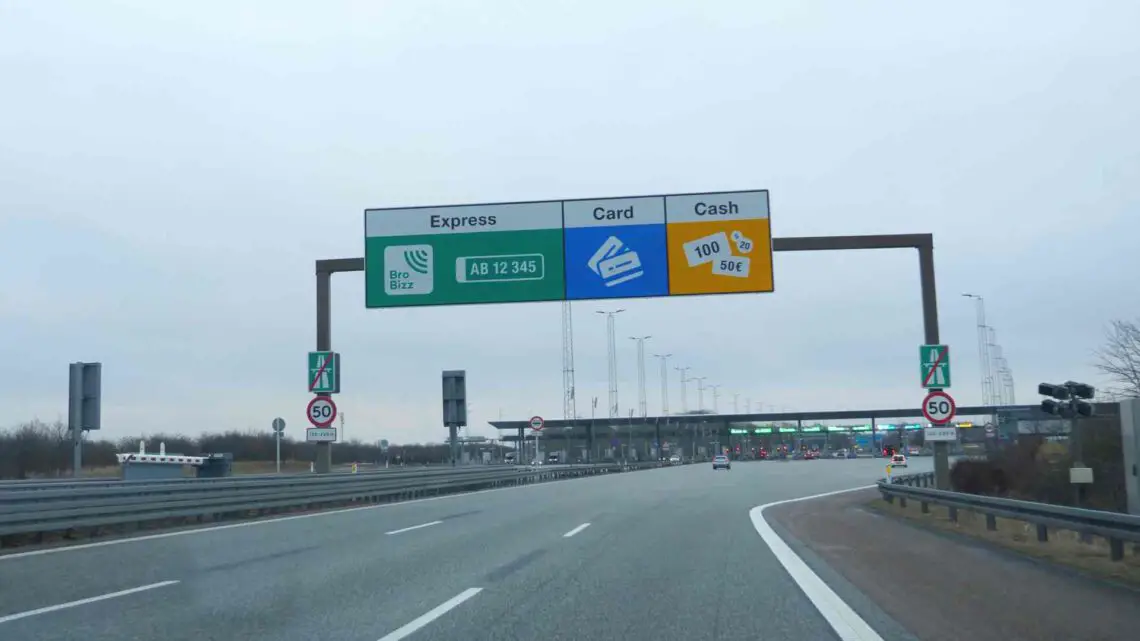
Copenhagen to Oslo
The second day of our trip starts early again. The car has been on the charger all night and is ready for a long day on the road. Today’s final destination is Oslo. Getting from Copenhagen to the Norwegian capital can be done well in a day. The distance is over 600 kilometers. During winter conditions, you do need to consider lower speeds, including on the highway.
After leaving Copenhagen, we immediately steered onto the Öresund Bridge. The Öresund Bridge is no ordinary bridge; it is part of a 16-kilometer connection between Denmark and Sweden. Not only do you drive across the Sont, but you also go under the Sont via a four-kilometer-long tunnel. Construction of this tunnel began in 1993 and cost as much as 3 billion euros.
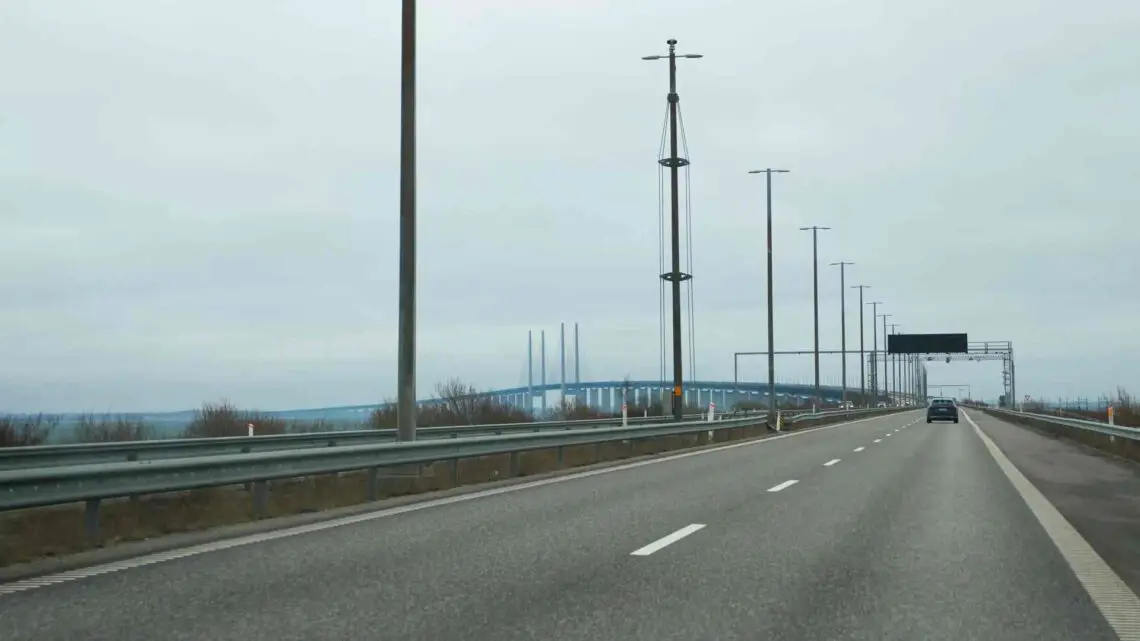
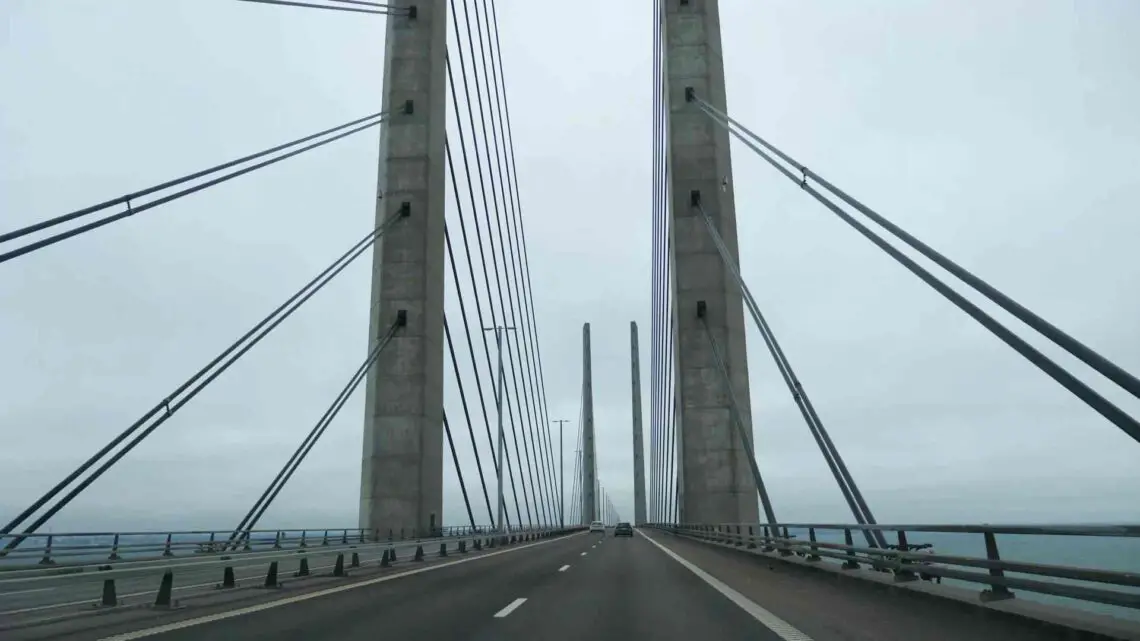
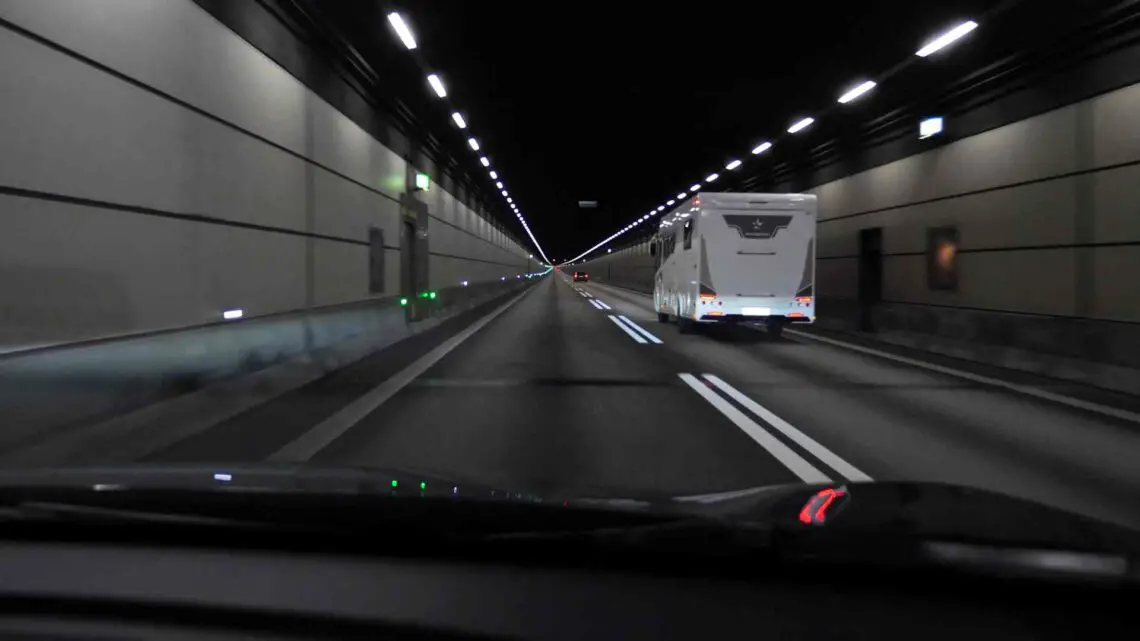
Loading in Sweden
As in the Netherlands, in Denmark and Sweden you can hook up your car to a charging station anywhere. Along the highway, it is clearly marked where and when to expect a charging location. This is often every twenty, thirty or forty kilometers along the highway. Do you have really high loading distress? Then you can actually get off at every exit to find a fast charger in a village or town somewhere within five or ten kilometers.
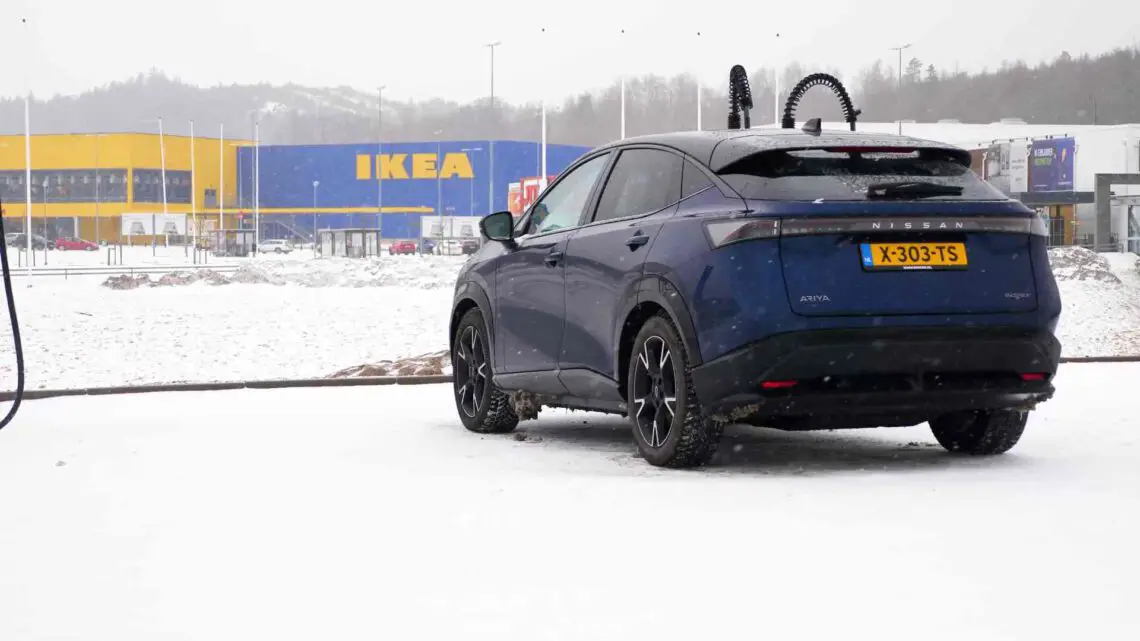
With the Ariya’s navigation system, you can easily find fast charging locations. Once you enter your route, the car automatically points you to suitable charging stations. Not all electric cars offer this convenient feature yet, which means you often have to consult several route apps. But with the Ariya, that hassle is a thing of the past.
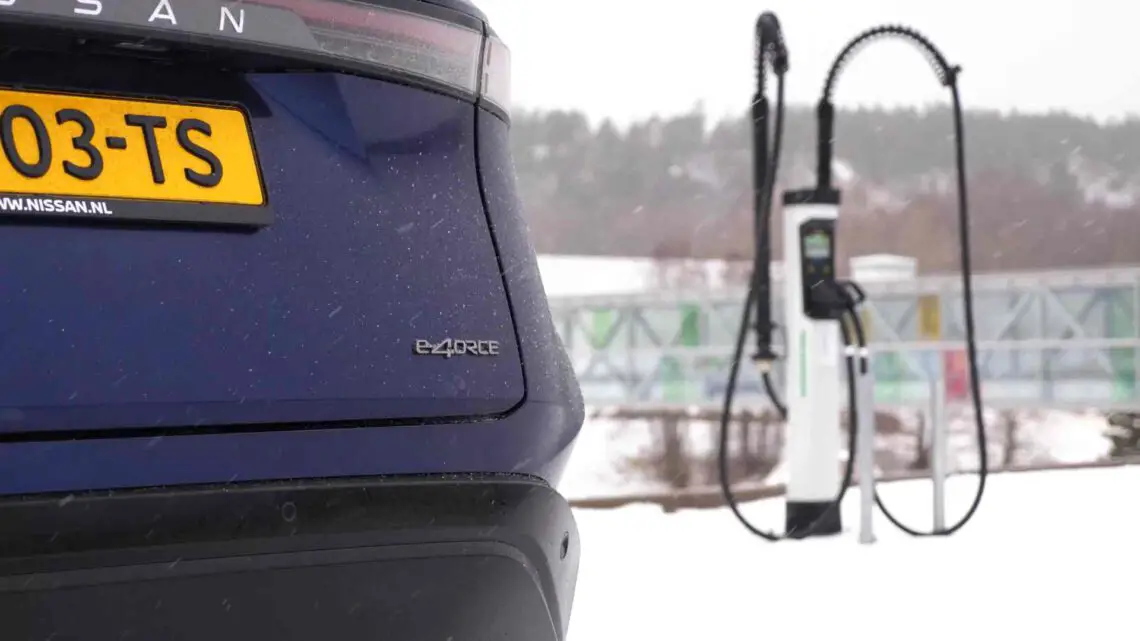
Ice Clogs
Unfortunately, the weather has since turned around considerably. Since we drove into Sweden, it has been raining ice. The Ariya, the charging poles, the road surface – really everything is covered with a thick layer of slippery ice. Fortunately, the Ariya has windshield heating, which turns out to be an absolute blessing. Still, we occasionally have to stop the car to scratch away clumps of ice at the bottom of the windshield. We do not often experience this brutal weather and it is clear that we are no longer in Holland.
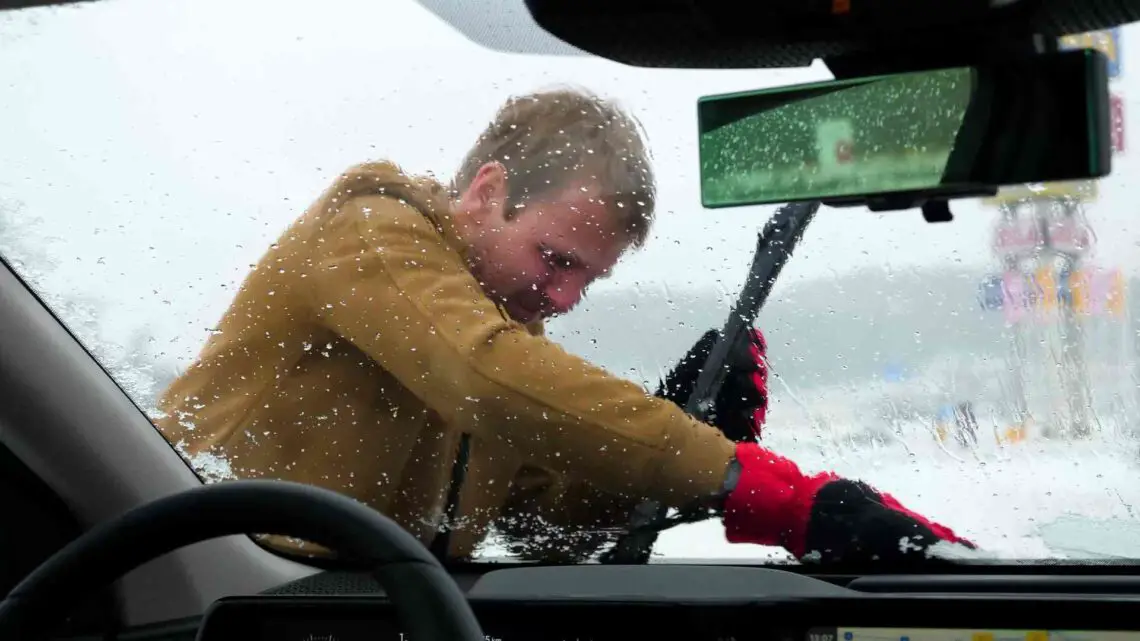
Highway speeds drop to about 70 mph and behind the snow plows there are long traffic jams here and there. As a result, we arrive in Oslo a little later than planned. Fortunately, the Ariya gets a warm welcome in a covered garage, where it can recover from the tiring ride and get rid of the pounds of snow and ice sticking to the sills and bumpers. Unfortunately, a promised charger is not available in the parking garage. Too bad, because the Ariya is one of the few EVs capable of AC charging up to 22 kW, guaranteeing a full battery pack in the morning. Fortunately, we have a plug-in charger in the back of the car that we can plug into a traditional outlet.
Rondane
The Ariya was still able to recharge in its sleep for about 150 kilometers via power outlet. The battery pack is far from being filled to the brim. On paper, the Nissan can get more than 500 kilometers on a full battery. In winter, when conditions are a bit more challenging, you will naturally get a bit less far. In our temperate Dutch climate, count on about 400 to 450 kilometers of driving range.
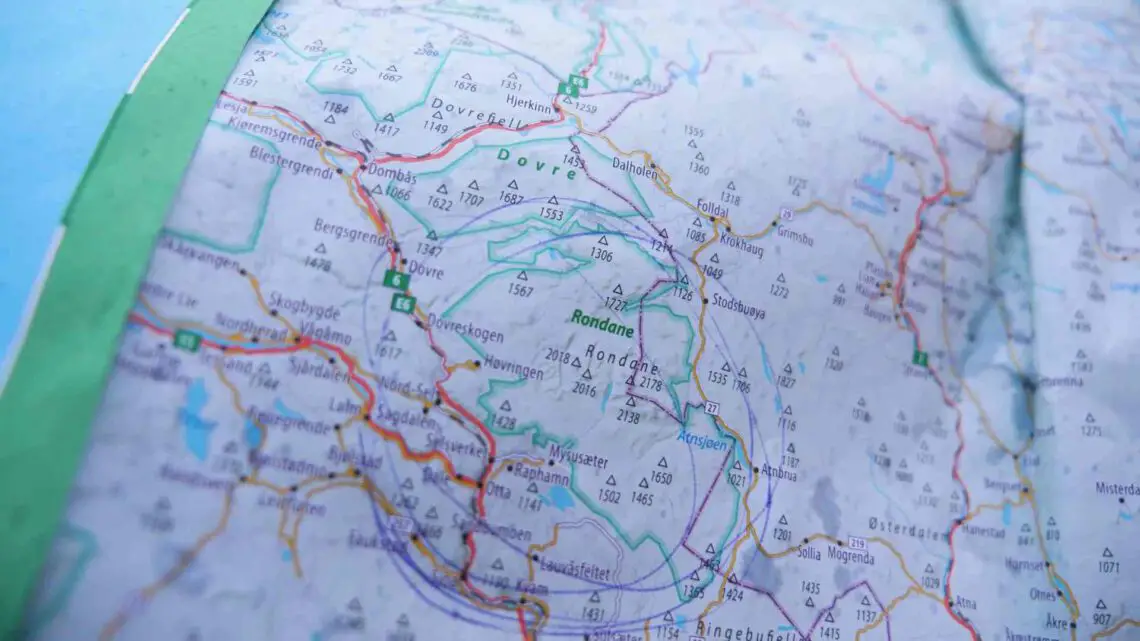
We set sail for our final destination: Rondane National Park. This is Norway’s oldest national park and covers an area of about 963 square kilometers. Rondane’s landscape is characterized by vast mountain plateaus and deep valleys, making it feel like you’re driving at the North Pole in winter.

The distance from Oslo to this national park is only 300 kilometers. However, we are no longer talking about flat, Dutch kilometers. After we pass Lillehammer, we dive into the park and face gradients of 10 to 13 degrees. Moreover, the road is covered with a thick layer of ice. For a moment we hesitate to mount our brought snow chains. We decide to try a few meters without it first. Soon we find that we have enough grip, as we had secretly hoped.
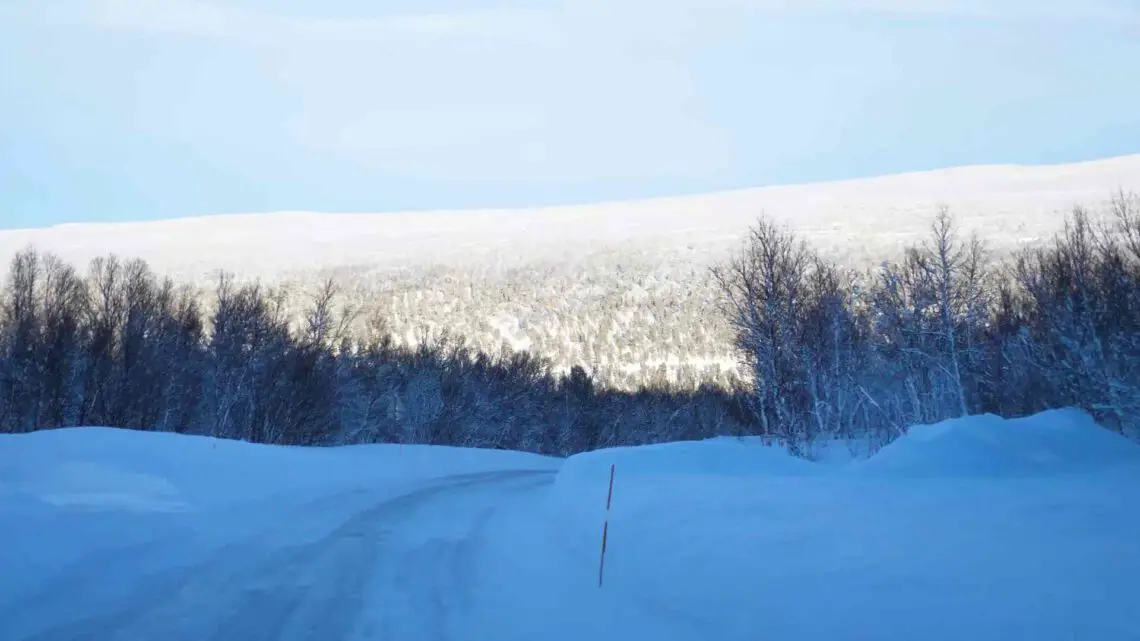
E-4ORCE, what is that?
One of the reasons we took the Ariya to Norway is its e-4ORCE AWD system. It distributes power to all four wheels at lightning speed, paying close attention to where grip is needed most. If one wheel loses grip, the system immediately corrects by sending power to other wheels. Thanks to torque vectoring, it can even brake individual wheels to guide you through curves as if you were driving on rails.
When descending, we switch to Snow mode, which allows the Ariya to be braked in a controlled manner by both electric motors, without showing the slightest tendency to slide. We take our hats off deeply and at certain times – when the road is steeper downhill than we like – we are very grateful for this e-4ORCE technology.
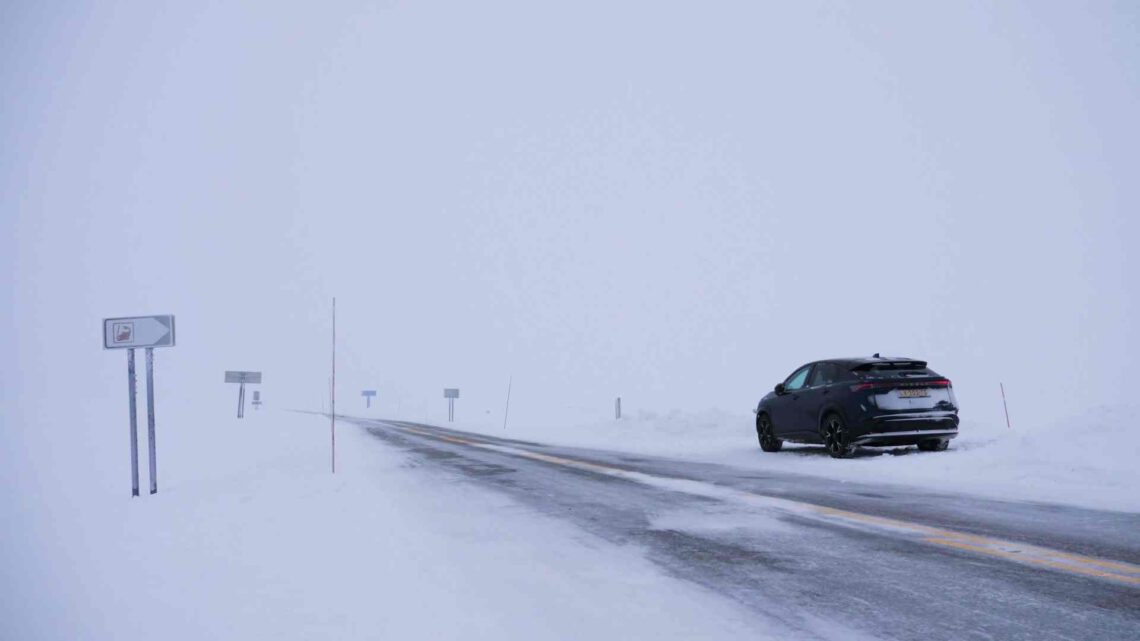
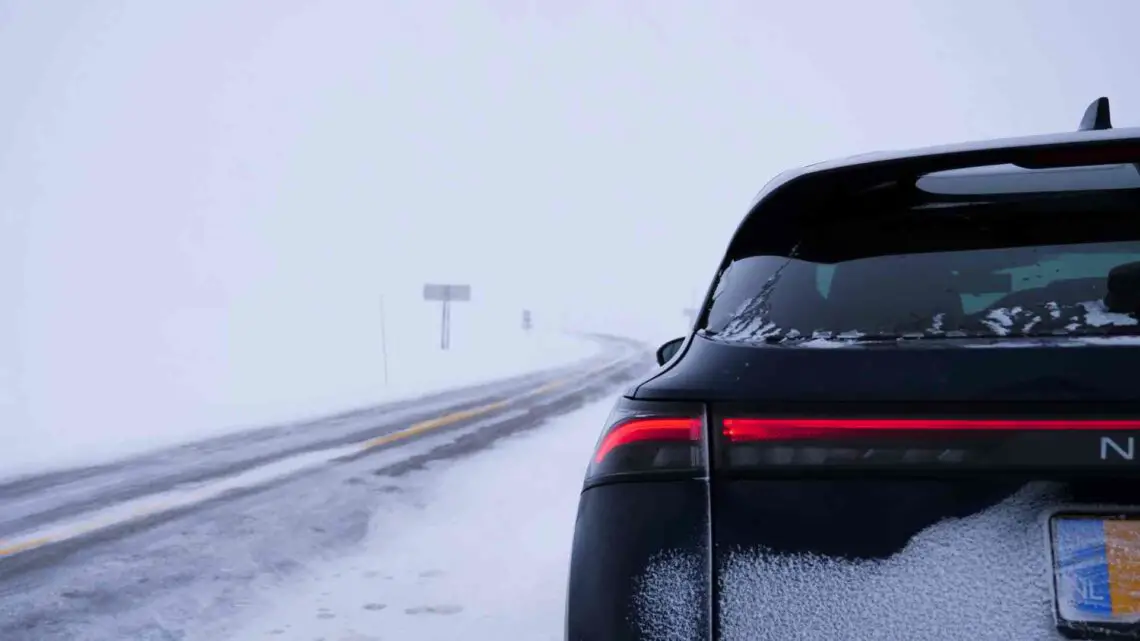
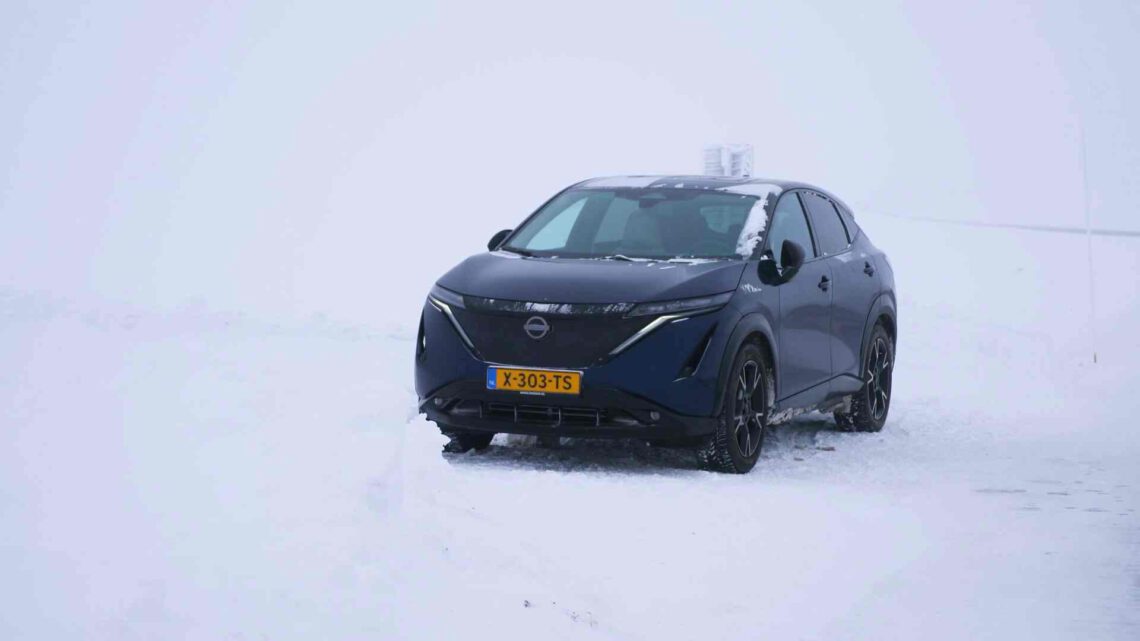
Snow tires in Norway or Sweden?
Funnily enough, winter tires are not mandatory in Norway and Sweden, but they are during winter conditions. In short: use your common sense and don’t go to Scandinavia in winter without winter tires. In Lapland and other places where heavy snowfall is common, you also see many cars driving with studded tires. This is often only allowed during the winter months.
Loading is also a piece of cake in Norway. Nowhere in the world are there so many charging stations per square kilometer. Many charging stations now allow you to pay by credit card. That’s nice, because many charging passes we use in the Netherlands don’t work here.
After some 2,000 kilometers on the odometer, the time came to return home. The Ariya behaved superbly, even in temperatures of -18 degrees Celsius. Although the e-4ORCE system is not always necessary in the Netherlands, winter sports enthusiasts will certainly be pleased with it. But even those who like a little more punch under the hood will get their money’s worth with this version, which can produce up to 400 hp. Want to know more about our road trip? Then watch the video below:

